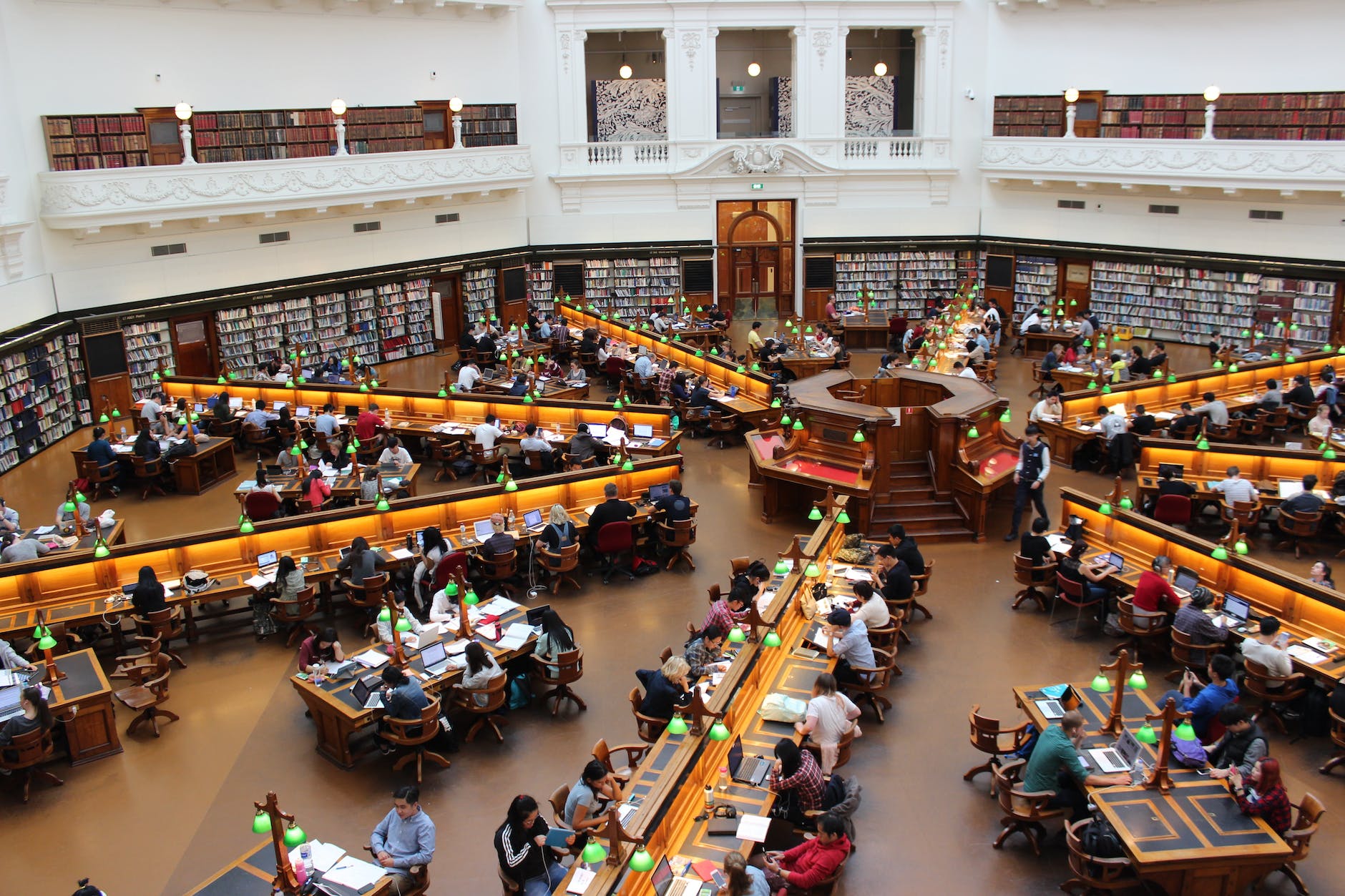Salt and pepper—two substances so ubiquitous that we barely give them a second thought as we sprinkle them over our meals. Yet, these humble powders have played monumental roles in shaping not just the culinary arts but also the course of human history. From ancient trade routes to modern kitchens, salt and pepper have been catalysts for exploration, economic power shifts, and cultural transformations. It’s intriguing to consider how these simple seasonings have had such profound impacts, weaving themselves into the very fabric of societies across the globe.
The Ancient Allure of Salt
Long before the advent of modern civilization, humans recognized the importance of salt. This mineral wasn’t just a matter of taste; it was essential for survival. Early hunter-gatherers observed that animals frequented certain rocks and soil patches—natural salt licks—to obtain the minerals they needed. Following suit, humans began to seek out salt sources, understanding its crucial role in bodily functions and food preservation.
Salt as a Foundation for Civilization
The quest for salt led to the establishment of some of the earliest trade routes. Towns and cities often sprang up near salt deposits or along paths where salt was transported. The city of Jericho, one of the oldest continuously inhabited cities, owes much of its early prosperity to nearby salt resources. In Africa, the Trans-Saharan trade routes connected salt mines in the north to gold fields in the south, facilitating exchanges that enriched entire empires.
Economic and Political Power
Salt’s value was such that it became a form of currency. The Roman soldiers were sometimes paid in salt, giving rise to the word “salary” from the Latin salarium. Governments quickly recognized the power inherent in controlling salt supplies. By monopolizing production and imposing taxes, they could exert significant influence over their populations. In China, during the Tang Dynasty, salt taxes constituted over half of the government’s revenue. Similarly, the French monarchy’s imposition of the gabelle, a notorious salt tax, contributed to widespread discontent leading up to the French Revolution.
Pepper: The Spice That Sparked Exploration
While salt was essential for survival, pepper became synonymous with luxury and exoticism. Native to the Malabar Coast of India, black pepper was a highly prized commodity in ancient Rome and medieval Europe. It was so valuable that it was often referred to as “black gold.”
The Driving Force Behind Global Trade
The exorbitant prices of pepper and other spices were largely due to the long and perilous overland routes controlled by middlemen. European nations, eager to bypass these intermediaries, embarked on maritime explorations to find direct sea routes to the spice-rich lands of Asia. This hunger for pepper led to significant voyages, such as those by Vasco da Gama, who successfully navigated around Africa to reach India. These expeditions didn’t just open new trade channels; they reshaped the world’s geopolitical landscape, ushering in an era of colonization and global interaction.
Economic Impact and the Rise of Trading Powers
The spice trade, with pepper at its forefront, led to the establishment of powerful entities like the Dutch East India Company and the British East India Company. These organizations weren’t just trading companies; they wielded military power, minted their own currency, and played significant roles in shaping colonial policies. Control over pepper and other spices became a strategic objective, influencing diplomatic relations and even igniting conflicts between nations.
The Science Behind the Taste
What makes salt and pepper so indispensable in cooking isn’t just tradition but chemistry.
Salt: The Universal Flavor Enhancer
Salt has a unique ability to enhance flavors. It suppresses bitterness, balances sweetness, and amplifies savory notes. On a molecular level, sodium ions open up taste buds, allowing other flavors to make a more significant impact. This is why even a pinch of salt can transform a dish, bringing out the nuances of other ingredients.
Moreover, salt affects the texture and moisture content of foods. In processes like brining, salt causes proteins in meat to denature, allowing them to retain more water and resulting in a juicier end product. It’s also crucial in baking, where it strengthens gluten networks and controls yeast fermentation.
Pepper: Adding Complexity and Warmth
Pepper’s appeal lies in its ability to add heat and complexity without overwhelming other flavors. The compound piperine is responsible for pepper’s pungency. Unlike the capsaicin in chili peppers, which triggers pain receptors, piperine stimulates the taste buds in a way that enhances the overall flavor profile.
Beyond its culinary uses, pepper has been recognized for its medicinal properties. Traditional Ayurvedic medicine employs pepper for its digestive benefits, believing it stimulates appetite and alleviates gastrointestinal discomfort. Modern research is investigating piperine’s potential to enhance nutrient absorption and its antioxidant properties.
Cultural Significance and Rituals
Salt and pepper have permeated cultural practices and rituals, symbolizing more than just culinary staples.
Salt in Superstition and Ceremony
In many cultures, salt is associated with purity, protection, and hospitality. Ancient Egyptians included salt in their religious offerings and mummification processes. In Japan, sumo wrestlers toss salt into the ring to purify it before matches. The act of spilling salt has been considered bad luck in Western superstitions, possibly dating back to Leonardo da Vinci’s painting “The Last Supper,” where Judas Iscariot is depicted knocking over a salt cellar.
Pepper as a Symbol of Wealth
In medieval Europe, owning pepper was a sign of affluence. It was common for nobility to display ornate pepper grinders or containers as a status symbol during feasts. The high cost and limited availability made pepper a luxury item, and its presence at the table was a subtle way to showcase one’s wealth.
Culinary Evolution Through Salt and Pepper
The roles of salt and pepper in cooking have evolved alongside culinary techniques and preferences.
From Preservation to Flavor Enhancement
Initially, salt’s primary use was in food preservation. Before refrigeration, salting was one of the few ways to prevent spoilage, especially for meats and fish. This method not only extended shelf life but also led to the creation of unique flavors and textures, giving us delicacies like prosciutto, gravlax, and salted cod.
As preservation techniques advanced, salt’s role shifted more toward flavor enhancement. Chefs began to understand the importance of seasoning at different stages of cooking, layering flavors to achieve depth and balance.
The Art of Seasoning
Mastering the use of salt and pepper is fundamental in culinary arts. The timing and method of seasoning can drastically alter a dish’s outcome. Salting meat ahead of cooking can draw out moisture, concentrating flavors and improving texture. Finishing salts, like flaky sea salt, are added just before serving to provide a burst of flavor and a pleasant crunch.
Pepper, when freshly ground, offers a more vibrant flavor compared to pre-ground varieties. The oils released during grinding are volatile and can dissipate quickly, which is why many chefs prefer to grind peppercorns as needed. Experimenting with different pepper varieties, such as Tellicherry or Sarawak, can introduce new flavor dimensions.

Modern-Day Perspectives and Innovations
As our understanding of health and sustainability grows, so does our approach to using salt and pepper.
Health Implications
Excessive sodium intake has been linked to health issues like hypertension and cardiovascular disease. This has led to increased awareness and efforts to reduce salt consumption. Food manufacturers are exploring ways to maintain flavor while lowering sodium levels, using alternatives like potassium chloride or flavor enhancers like monosodium glutamate (MSG).
Pepper continues to be studied for its health benefits. Some research suggests that piperine may have anti-inflammatory effects and could play a role in weight management by influencing metabolism.
Culinary Innovations
Artisanal salts and peppers have gained popularity, offering chefs and home cooks a palette of flavors to experiment with. Smoked salts, infused with wood smoke, add depth to dishes without the need for grilling. Flavored pepper blends incorporate ingredients like citrus zest or dried herbs, providing complexity.
The rise of global cuisine has introduced Western palates to spices like Szechuan peppercorns, which aren’t true pepper but share similar uses. These spices offer unique sensory experiences, such as the numbing sensation from Szechuan pepper’s hydroxy-alpha-sanshool compound.
Sustainability and Ethical Considerations
As demand for specialty salts and peppers grows, so does the need for sustainable sourcing. Salt mining and sea salt harvesting can impact local ecosystems. Similarly, pepper cultivation must address issues like deforestation and fair labor practices. Consumers are increasingly interested in products that are ethically produced, supporting fair trade and environmentally friendly practices.

The Global Legacy of Salt and Pepper
Reflecting on the journeys of salt and pepper reveals a tapestry of human endeavor—our desires, conflicts, triumphs, and innovations.
Connecting Cultures and Continents
The trade routes established for these seasonings became conduits for more than just goods. They facilitated the exchange of ideas, technologies, and even languages. The Silk Road and maritime spice routes connected East and West, allowing for cultural diffusion that shaped art, science, and philosophy.
Shaping Modern Economies
The historical significance of salt and pepper continues to influence modern economies. The foundations laid by early trade companies have evolved into today’s multinational corporations. The mechanisms of trade, taxation, and regulation developed around these commodities have informed contemporary economic policies and practices.
Symbolism in Contemporary Society
Salt and pepper remain symbols in various contexts. In literature and art, they can represent simplicity, essentiality, or the blending of different elements to create harmony. They remind us that even the most ordinary items can hold extraordinary significance.
A Reflection on Simplicity and Complexity
It’s remarkable how two basic ingredients can encapsulate such a broad spectrum of human history and experience. Salt and pepper serve as reminders that complexity often arises from simplicity. They encourage us to look beyond the surface of everyday things, recognizing the layers of meaning and impact that lie beneath.
In our pursuit of the new and innovative, we sometimes overlook the profound influence of the familiar. The story of salt and pepper teaches us that even the most commonplace items have the power to change the world, shaping the way we live, connect, and perceive our place in the global community.
Getting your favorite Salt and Pepper in Qatar
For those in Qatar looking to experience the rich legacy of salt and pepper firsthand, Getit.qa offers a convenient way to purchase a wide variety of these essential seasonings. Whether you’re seeking artisanal salts or exotic peppercorns, you can buy salt and pepper in Qatar through their online platform, bringing the world of flavor right to your doorstep.
“Peppering” Down
Salt and pepper have journeyed from being mere seasonings to becoming integral threads in the tapestry of human history. Their influence spans from ancient civilizations to modern societies, affecting economies, cultures, and even health practices. By understanding their past and present roles, we gain insight into how simple elements can drive monumental change.
The next time you season your meal, take a moment to appreciate the rich legacy contained within those grains of salt and specks of pepper. They are not just enhancing your food; they are connecting you to a vast network of human endeavor—a testament to our shared history and the intricate ways in which our world is intertwined.



